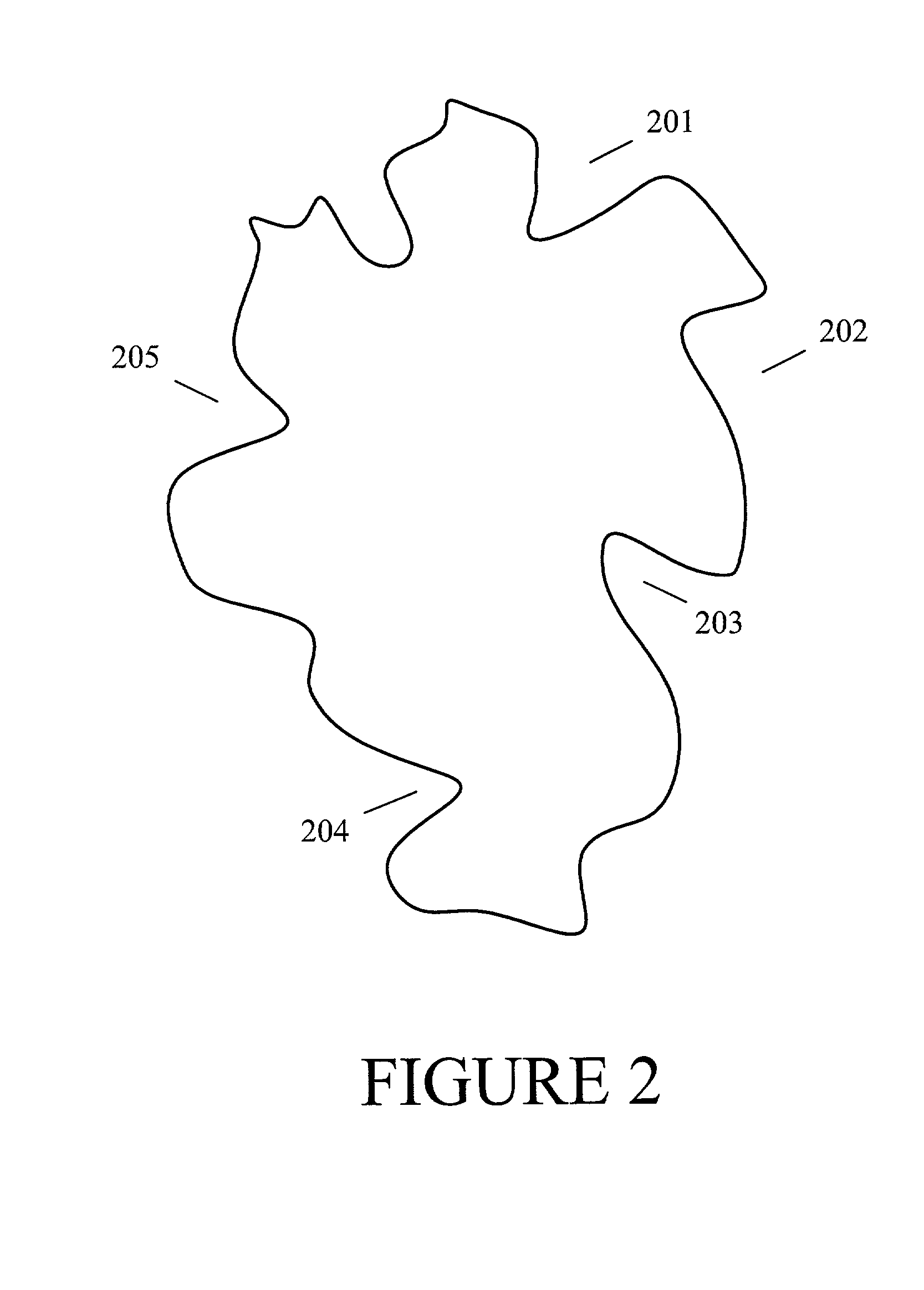Predicting metabolic stability of drug molecules
a drug and metabolic stability technology, applied in the field of predicting the metabolic stability of drugs, can solve the problems of reducing the metabolism rate of substrates, metabolizing too quickly, and appreciable reducing the metabolism rate of drugs
- Summary
- Abstract
- Description
- Claims
- Application Information
AI Technical Summary
Problems solved by technology
Method used
Image
Examples
Embodiment Construction
[0121] As explained, the models of this invention predict site specific reactivity. This reactivity may represent various types of reaction information. It may represent quantum chemically generated site reactivity, or experimentally generated site reactivity, or some combination of the two. The actual form will typically correspond to the form of the trustworthy reactivity values provided with the training set to generate the model.
[0122] The models of this invention may be used for various high throughput applications. For example, the models are useful for processing large chemical libraries derived from combinatorial synthesis. Alternatively, the models can be used for high confidence screens of hits that have been identified by a drug development concern.
[0123] For aliphatic sites, the fragment descriptor model can be trained to fit the quantum computed activation energies with a correlation coefficient, r2, of 0.8, and a root-mean-squared error, RMSE, of 0.9 kcal / mol. When app...
PUM
| Property | Measurement | Unit |
|---|---|---|
| EA | aaaaa | aaaaa |
| EA | aaaaa | aaaaa |
| EA | aaaaa | aaaaa |
Abstract
Description
Claims
Application Information
 Login to View More
Login to View More - R&D
- Intellectual Property
- Life Sciences
- Materials
- Tech Scout
- Unparalleled Data Quality
- Higher Quality Content
- 60% Fewer Hallucinations
Browse by: Latest US Patents, China's latest patents, Technical Efficacy Thesaurus, Application Domain, Technology Topic, Popular Technical Reports.
© 2025 PatSnap. All rights reserved.Legal|Privacy policy|Modern Slavery Act Transparency Statement|Sitemap|About US| Contact US: help@patsnap.com



